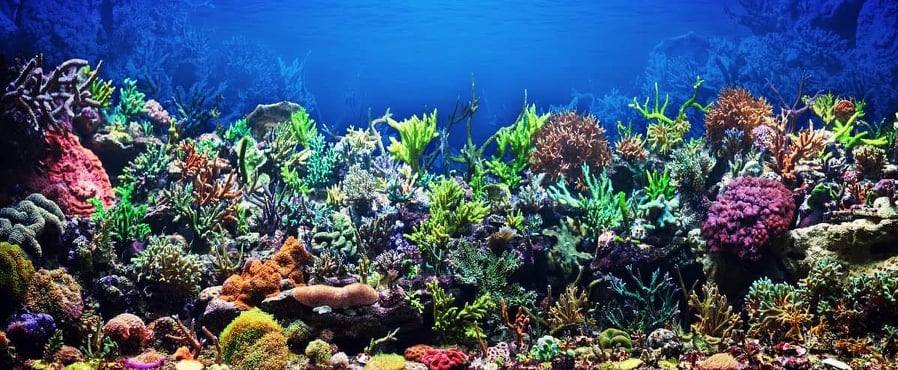From Hawaii, Australia, the Emirates to the Dutch North Sea, 3D-printed Coastruction reefs can already be found in seas all over the world.
Nadia Fani is co-founder of Coastruction, which designs, prints, tests and installs artificial reefs from the RDM site in Rotterdam. In a circular manner, using natural, sustainable materials.
Her mission: “Restoring nature, and reefs in particular. I want to make people aware of the role of nature and our impact on it.”
https://youtu.be/ovo8inJPkqg
On the outer wall of RDM, in the water of the Maas, several prototype reefs from Coastruction’s printer are hanging from a rope.
Every few weeks, when it is low tide, Nadia Fani puts on her Wellington boots and checks her creations. “It is and always will be special to see how they change colour and small organisms start growing on them.”
“A reef is a hugely important ecosystem on earth, protecting coastlines from high waves and erosion,” Fani says. “It is also the habitat of thousands of species of fish, marine animals and plants.

They are essential for coastal defence, fishing, as well as tourism. As we know, reefs are struggling in many parts of the world, dying off due to, among other reasons, climate change, declining water quality, overfishing and pollution. With them, other marine life also disappears. To prevent that, we need to restore and protect reefs.
At Coastruction, we design, make and install new, artificially 3D-printed reefs. This is how we help restore damaged reef and marine life and protect vulnerable coastlines from flooding.”
Instantly in love
Fani has a background in computer science, but when she discovered 3D printing 7 years ago, she instantly fell in love and saw a sea of possibilities. In co-founder and marine biologist Astrid Kramer, she found an ally in the fight for the conservation and restoration of ecosystems.
Together, they founded Coastruction in 2021. Fani: “Our powder bed 3D printing technology allows us to print in every shape you can think of in a sustainable and easy way. And we can use any material we want, like local sand and water, but also recycled material such as concrete, silt or shells.
Our printers do not require chemical additives or high temperatures to print. The residual material, such as concrete, is recycled.”
Fish shelter
When creating their reef, Fani and Kramer closely look at the ‘original’. Fani: “In nature, you will find fantastic shapes and materials that have stood the test of time. Why would we change that? Nature knows best.
That is why we only create the reef in organic shapes that you also find in nature and that are specific to that place or area.
These natural shapes of the reef, with corridors and indentations, are essential. They are necessary for the reef to grow a diverse range of organisms, but also for fish to find shelter.”

Global interest
There is a good reason for Coastruction to operate from RDM in Rotterdam. Fani: “Rotterdam is the largest port in Europe and a vibrant breeding ground for innovation.
We are here because we believe that from here, the centre of knowledge and connections, we can spread our technology around the world.
” And it works, in Coastruction’s still short existence, clients from all over the world know how to find them. They range from national and local governments, NGOs, marine contractors and private owners to nature and environmental organisations.
Fani: “We work with local experts who know the area well and know which materials, such as sand or crushed shells, are best to use. Our aim is to make the printer mobile so we can print on location. That in turn saves CO2 emissions in transport.”
Next mission: developing sustainable concrete
The lab at RDM is full of different pots of sand, shells and various printed objects. They are testing extensively. Because besides reef restoration,
Fani has another mission: to develop circular and environmentally friendly concrete. “Between 4% and 8% of non-natural CO2 emissions come from concrete.
We are researching and testing how we can develop a more sustainable concrete by changing formulas and reusing old concrete.”
Dream
As a 3D printing expert, Fani wants to share her knowledge with everyone: “For me, sustainability and circularity are the future. If we want a good and bright future, now is the time to take advantage of every opportunity. As people, we are responsible for the poor state of the reef, but we can also restore it.
My dream is to make this technology accessible to everyone, everywhere. So people around the world can create their own reef design, print it and place it in the water. Because if we restore nature and make it more beautiful again, it will make life more beautiful too!”














